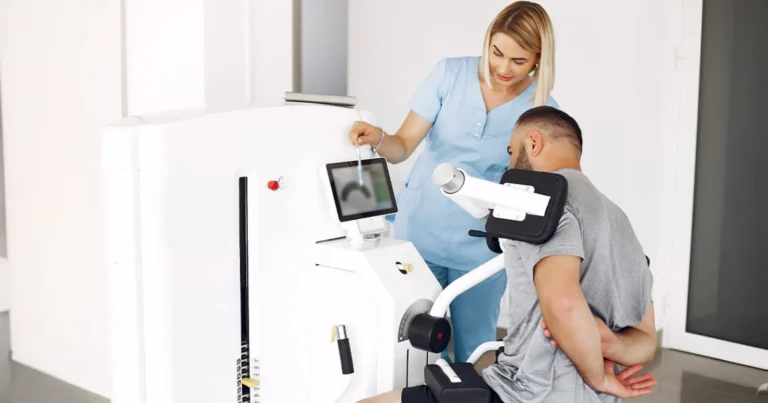Book Appointment Now

Parkinson’s vs Alzheimer’s : A Comprehensive Comparison
Introduction
Neurodegenerative disorders, particularly Parkinson’s and Alzheimer’s disease, represent significant challenges in modern healthcare. Both profoundly impact neurological function, yet they manifest distinctly, affecting various aspects of patients’ lives. This article aims to elucidate the key differences and similarities between these two diseases, providing valuable insights into their diagnosis, treatment, and overall impact on patients and their families.
Defining Parkinson’s and Alzheimer’s Diseases
Parkinson’s Disease
Parkinson’s disease is a progressive neurological disorder primarily affecting motor function. Characterized by tremors, muscular rigidity, and bradykinesia (slowness of movement), it results from the loss of dopamine-producing neurons in the brain, leading to impaired motor control.
Alzheimer’s Disease
Alzheimer’s disease, the most prevalent form of dementia among older adults, predominantly impacts cognitive functions such as memory, thinking, and behavior. It involves the accumulation of abnormal proteins in the brain, including amyloid plaques and tau tangles, which disrupt brain cell function and communication.
Key Distinctions Between Parkinson’s and Alzheimer’s
| Aspect | Parkinson’s Disease | Alzheimer’s Disease |
|---|---|---|
| Symptomatic Manifestations |
|
|
| Affected Brain Regions |
|
|
| Progression |
|
|
| Treatment Approaches |
|
|
| Non-motor Symptoms |
|
|
Onset and Progression
1. Parkinson’s Disease:
- Onset: Symptoms typically begin subtly, often with tremors or stiffness, and gradually worsen over time.
- Diagnosis: Generally occurs after age 60.
- Progression: Gradual, often spanning decades. Cognitive decline may occur in later stages.
2. Alzheimer’s Disease:
- Onset: Early signs involve memory loss and difficulty with cognitive tasks.
- Diagnosis: Typically occurs later in life, though early-onset cases can manifest as early as age 40.
- Progression: Advances through stages, from mild cognitive impairment to severe memory loss, personality changes, and inability to perform daily tasks.
Treatment Approaches
1. Parkinson’s Disease:
- Focuses on symptom management through medication (e.g., levodopa to replenish dopamine levels).
- May involve physical therapy and, in some cases, deep brain stimulation (DBS).
2. Alzheimer’s Disease:
- No cure currently exists.
- Treatments aim to preserve cognitive function using medications such as cholinesterase inhibitors and memantine.
Similarities Between Parkinson’s and Alzheimer’s
- Neurodegenerative Nature: Both are progressive disorders that worsen over time as brain cells deteriorate or lose function.
- Age-Related Onset: Typically affect older adults, with average onset around 60-65 years, though early-onset forms exist.
- Quality of Life Impact: Both significantly affect patients’ daily functioning and independence.
- Associated Cognitive Decline: While primary in Alzheimer’s, cognitive symptoms can also develop in later stages of Parkinson’s.
Conclusion
Understanding the nuances of Parkinson’s and Alzheimer’s diseases is crucial for patients, caregivers, and healthcare professionals. While Parkinson’s primarily affects motor function and Alzheimer’s targets cognitive abilities, both conditions significantly impact patients’ quality of life. Ongoing research, early detection, and a multifaceted approach to treatment offer hope for improved management and outcomes for those affected by either disease.
By remaining informed about these conditions, stakeholders can make educated decisions, seek appropriate interventions, and better navigate the complex journey associated with these neurodegenerative disorders.



